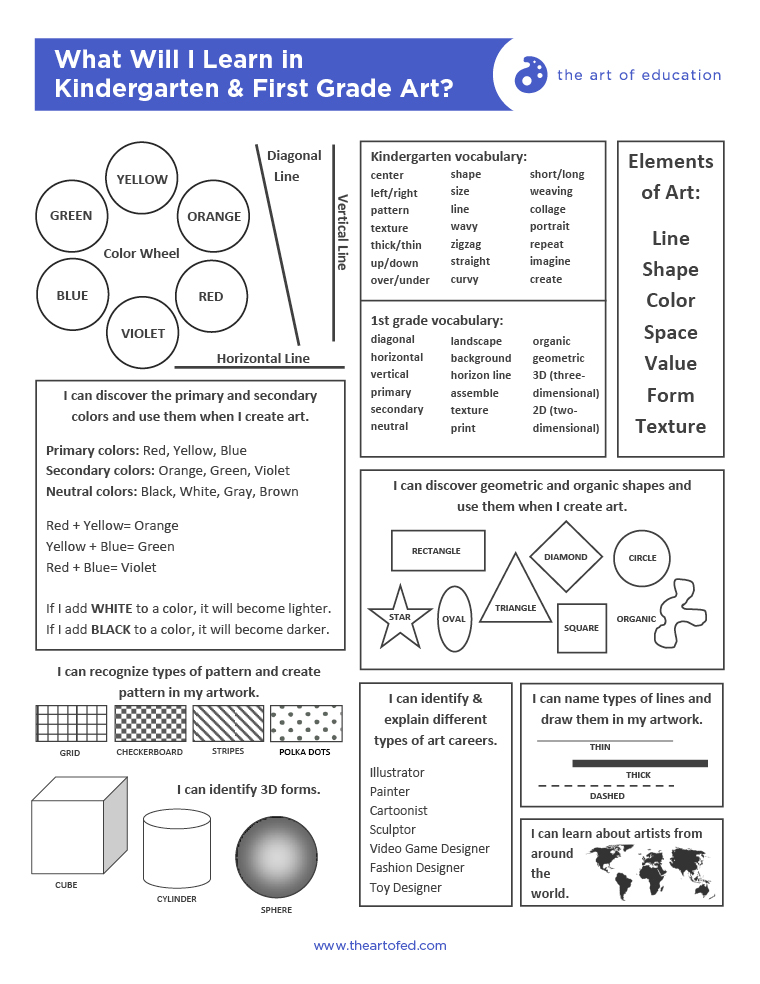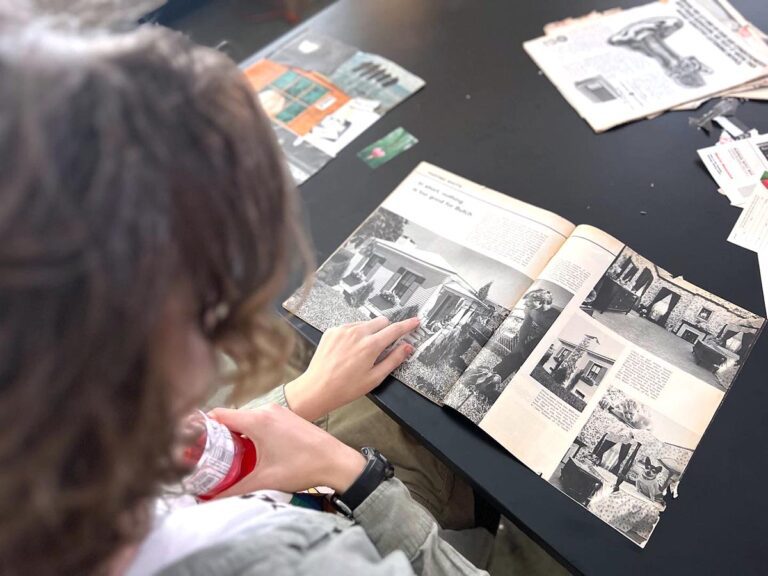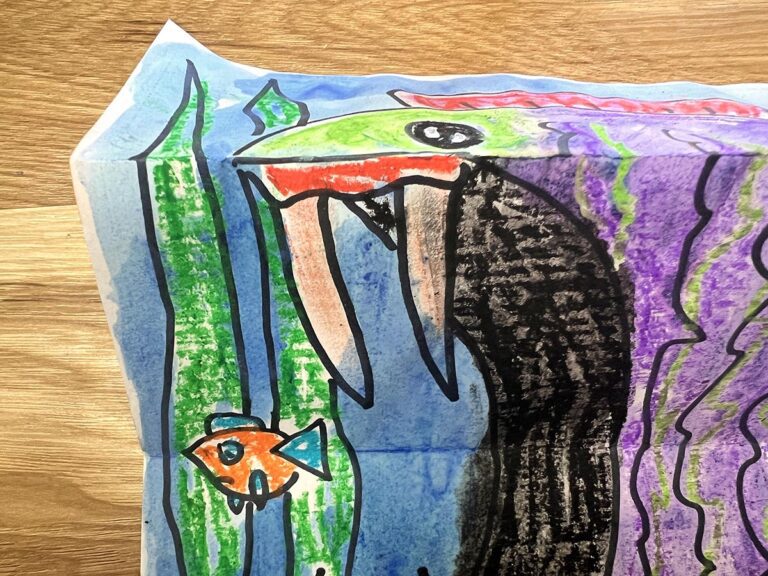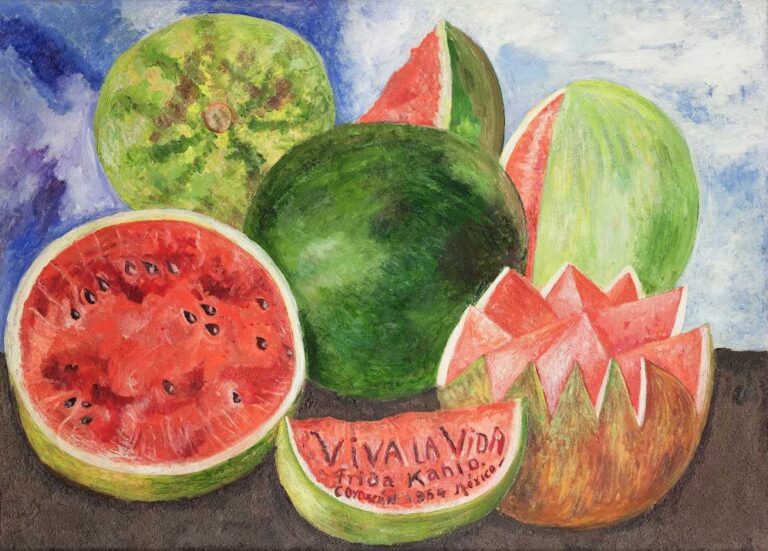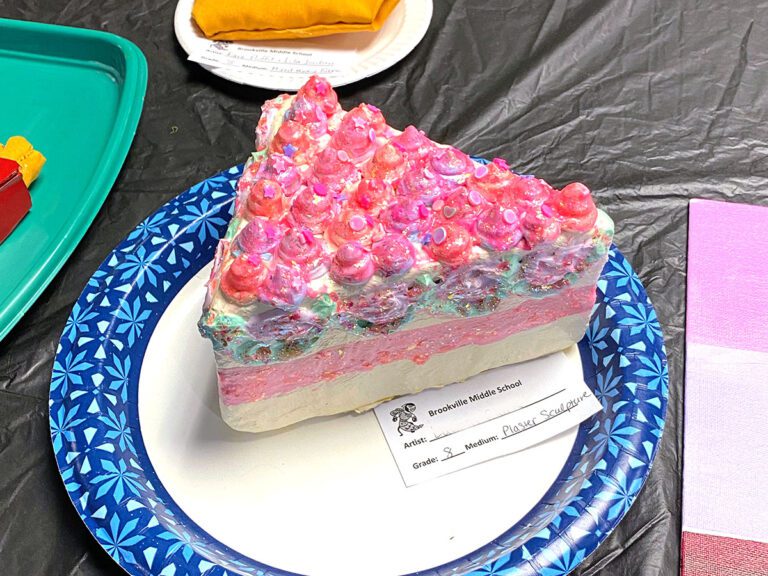Near the end of this past school year, my colleagues and I were beginning to dive headfirst into revamping our instructional practice for next fall. Amping up the rigor of our standards, identifying assessments to measure growth and clarifying how we communicate learning outcomes to students were just some of the tasks we were to ponder over the summer break.
This is not the first time I’ve been in this situation. It seems like every 4-5 years, a new framework comes along and we are asked to evaluate, and, many times, transform how and what we teach.
All of these upgrades to our curriculum and pedagogy make me wonder: How do I communicate both the changes in and the increased rigor of the curriculum to my students?
We were provided with a generic template of how we could list our standards and benchmarks to let our students read about the knowledge they should gain in our classes, but I wanted to show them.
I thought it would be helpful if I could visually identify and explain all of the topics, techniques, materials and experiences that students would be immersed in during their time with me. Communicating student learning goals would advance to a whole new level!
I decided to create a simple, graphic handout listing the terms, topics, and technical aspects that we cover in class. It’s like a snapshot of the course all on one page. Of course, this page doesn’t include any of the humanistic experiences and benefits that come from creating and experiencing art. However, it does make for a quick, effortless way to communicate the standard-based outcomes to my students. Feel free to download my example below!
Download NowI can give a copy of this page to my students at the beginning of the course and have them refer to it all quarter long. As a class, I imagine us crossing off each term as we explore it in our lessons. We’ll discuss how and why we covered the concept and how it can improve our studio thinking capabilities. We’ll continue to spiral through the curriculum as we revisit these terms and concepts again later in the quarter or the following year in 8th-grade art.
As we approach teacher workshop in the fall, I’ll be thrilled to share this form with the other art teachers in my district. It would be valuable to have our sequenced curriculum visually documented to help all K-12 students discover, review, and reflect. I bet our administration will be impressed with this as well!
Creating a form like this is easy with a solid curriculum in place but can be overwhelming if you’re not grounded and organized from the start. AOE’s course Designing Your Art Curriculum is the perfect place to solidify your plan no matter what level you teach. You’ll be on the fast track to creating documents like this to make organizing your instruction a breeze.
Looking for the other grade levels? You can download and use them all below or tweak to fit your needs.
Kindergarten and First Grade
Click here for the K/1 download.
Download NowSecond Grade and Third Grade
Click here for the 2/3 download.
Download NowFourth Grade and Fifth Grade
Click here for the 4/5 download.

Sixth Grade
Click here for the 6th-grade download.

And, if you’re looking for even more curriculum resources, check out this resource list!
PRO Learning Packs
Look for these Packs in PRO Learning.
Connect today to learn more about how to get PRO Learning in your school or district.
- Planning a Sequential Elementary Curriculum
- Designing Art Curriculum Units with Ease
- Building Foundational Skills through Structured Lessons
- How to Build on an Existing Curriculum Using the National Art Standards
Articles
- How to Organize Your Curriculum Documents in One Place
- 10 Simple Ways to Spice Up and Streamline Your Art Curriculum
- 9 Steps to Efficiently Rewrite your Student Learning Expectations
If you’re looking for High School versions, you can find those right here!
How do you communicate your curriculum with your students?
How else could you use these documents?
Magazine articles and podcasts are opinions of professional education contributors and do not necessarily represent the position of the Art of Education University (AOEU) or its academic offerings. Contributors use terms in the way they are most often talked about in the scope of their educational experiences.

